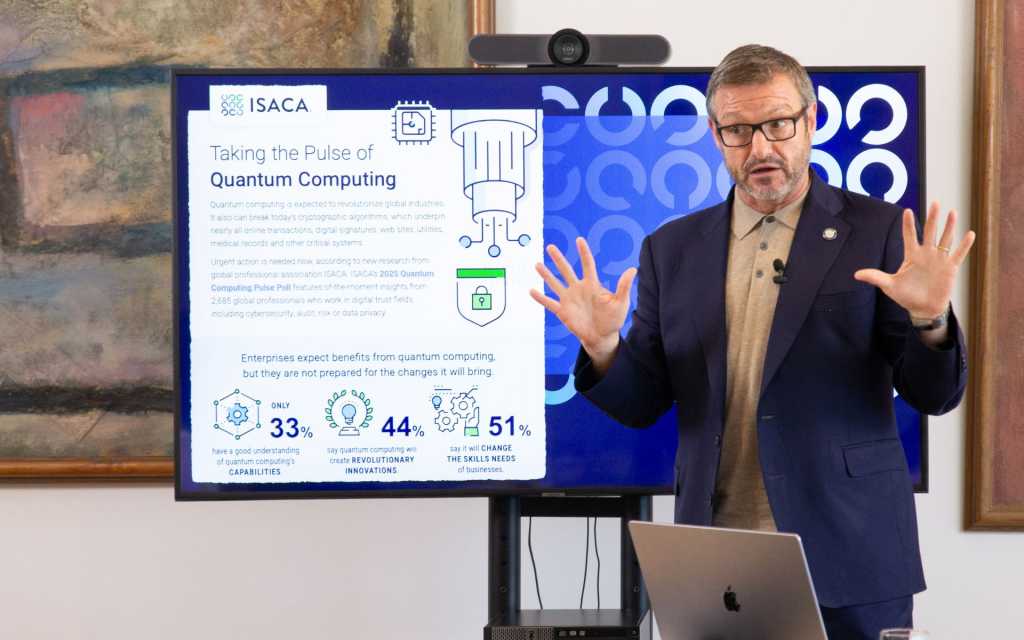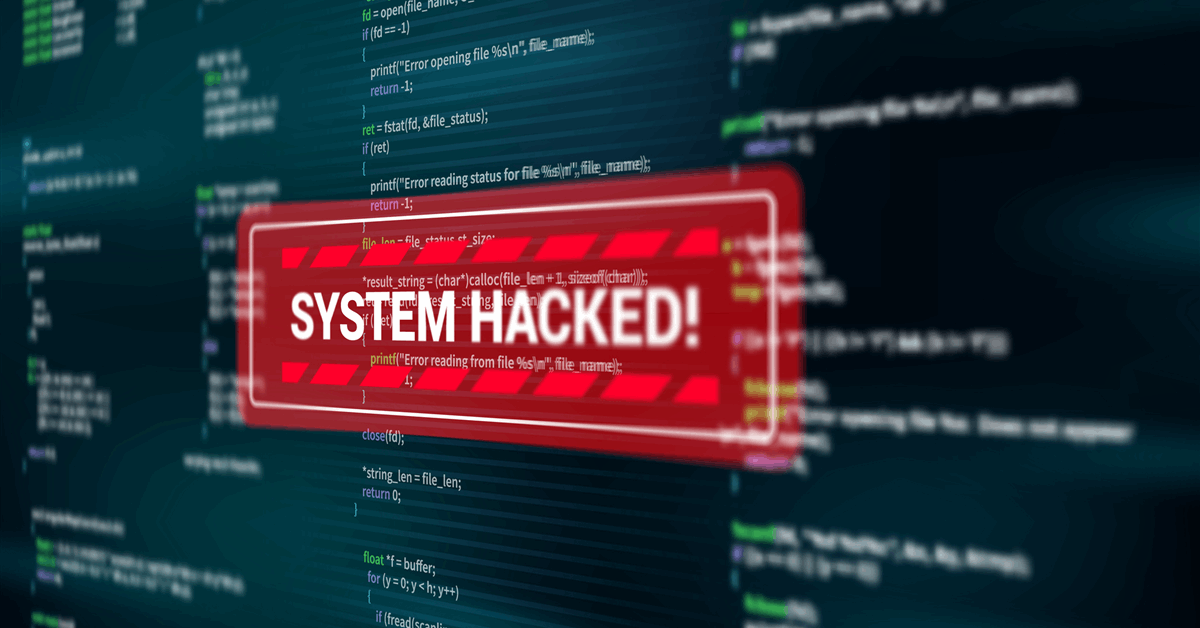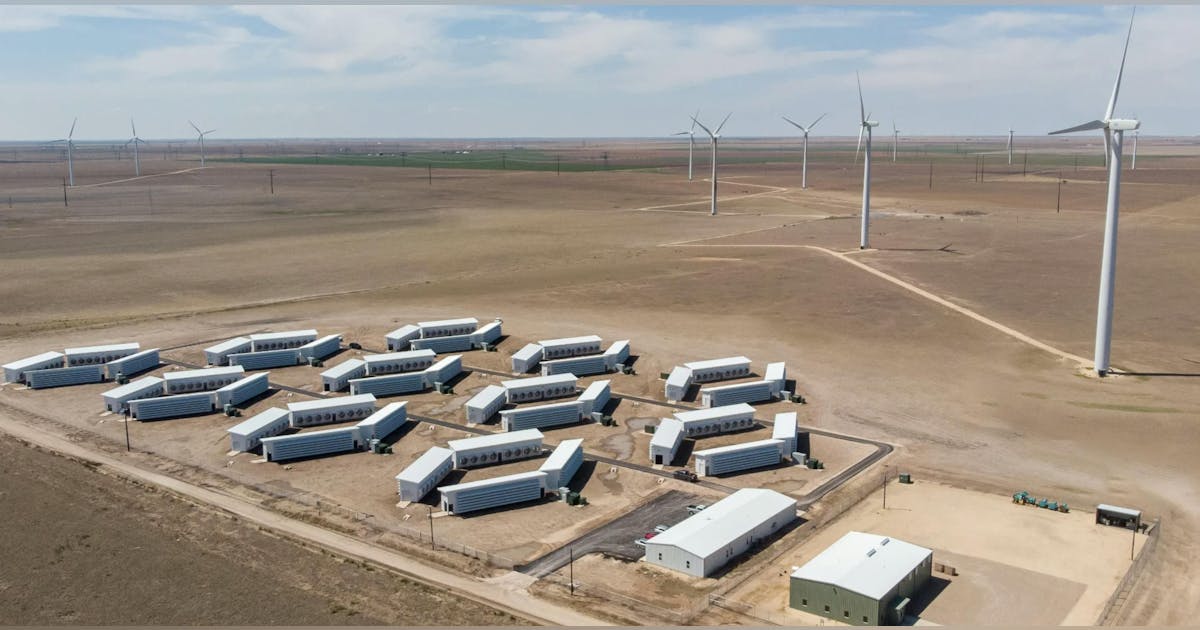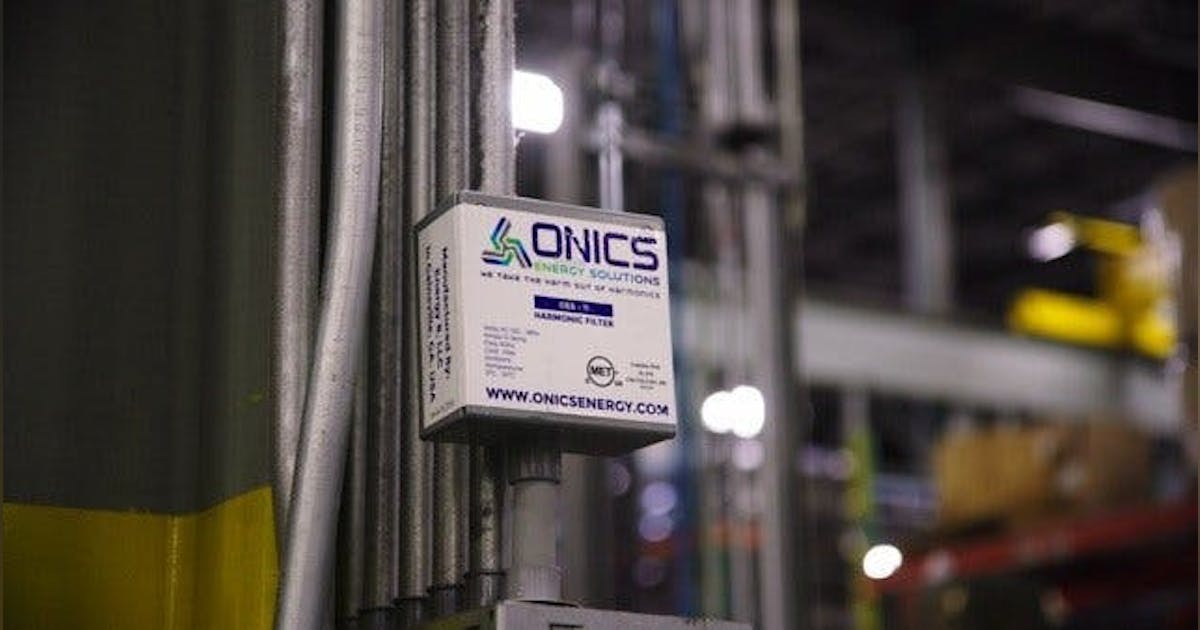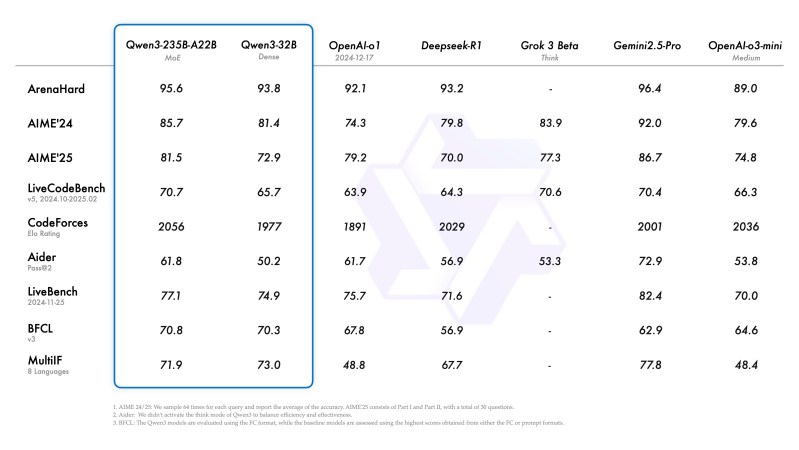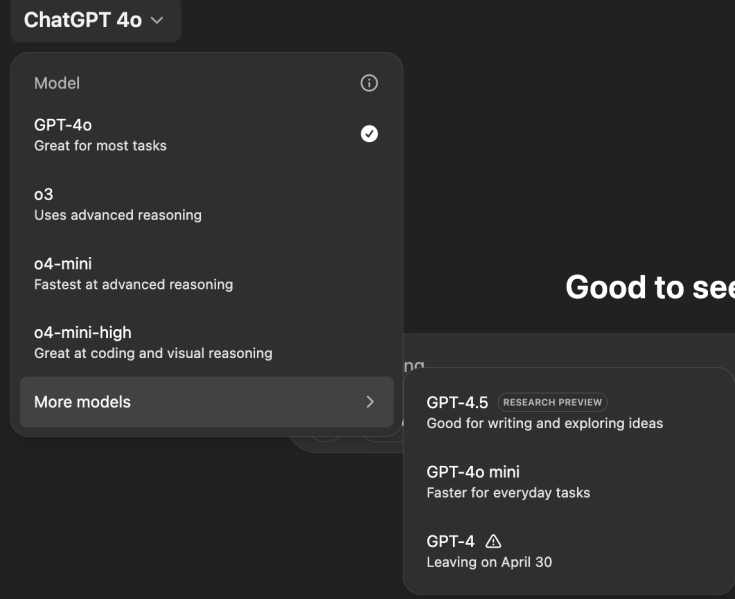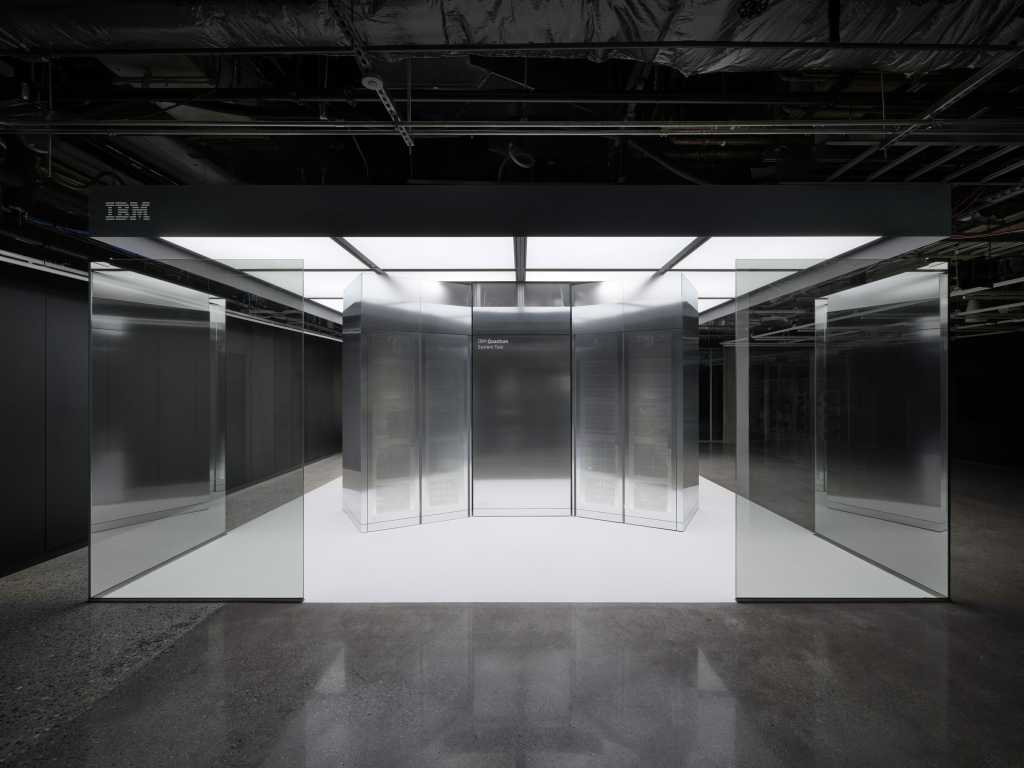
“IBM’s proactive threat hunting augments traditional security solutions to uncover anomalous activity and IBM’s proactive threat hunters work with organizations to help identify their crown jewel assets and critical concerns. This input enables the threat hunting team to create fully tailored threat hunt reports and customized detections,” IDC stated. “AI/ML capabilities filter alerts based on activity observed across its entire global footprint of security operations centers for the past two years, reducing false positives and accelerating detection, so teams can focus on high-priority threats, including rare event detection.”
R&D for mainframe, quantum
IBM also announced it will invest $150 billion in the U.S. over the next five years. That includes an investment of more than $30 billion in research and development to advance and continue IBM’s manufacturing of mainframe and quantum computers.
IBM recently announced the next generation of its venerable mainframe system, available in June.
At the heart of the new z17 mainframe is the 5.5 GHz IBM Telum II processor, which includes a built-in AI accelerator that IBM says will let customers run more than 450 billion inferencing operations in a day with one millisecond response time. The processor supports eight CPU cores per chip, 32 cores per system, and 36MB L2 cache memory, and it can run 24 trillion operations per second – a 40% increase in system throughput and fourfold reduction in overall latency compared to the existing Telum, IBM stated.
On the quantum computing front, IBM has been developing systems for a number of years and claims to have the largest fleet of quantum computers in the industry. Late last year, IBM launched its most advanced quantum computer to date featuring the 156-qubit Heron quantum processor. That system doubled the previous IBM system’s quantum computing capacity and completed a task in 2.2 hours that previously took 112 hours.
IBM’s quantum roadmap has the company delivering a fully error-corrected system in 2029. It expects to have a quantum computer with over 2,000 error-corrected qubits — or logical qubits — after 2033. Its Quantum Network provides access to IBM’s quantum systems for nearly 300 Fortune 500 companies, academic institutions, national laboratories, and startups and is accessed by over 600,000 active users, the company said.



